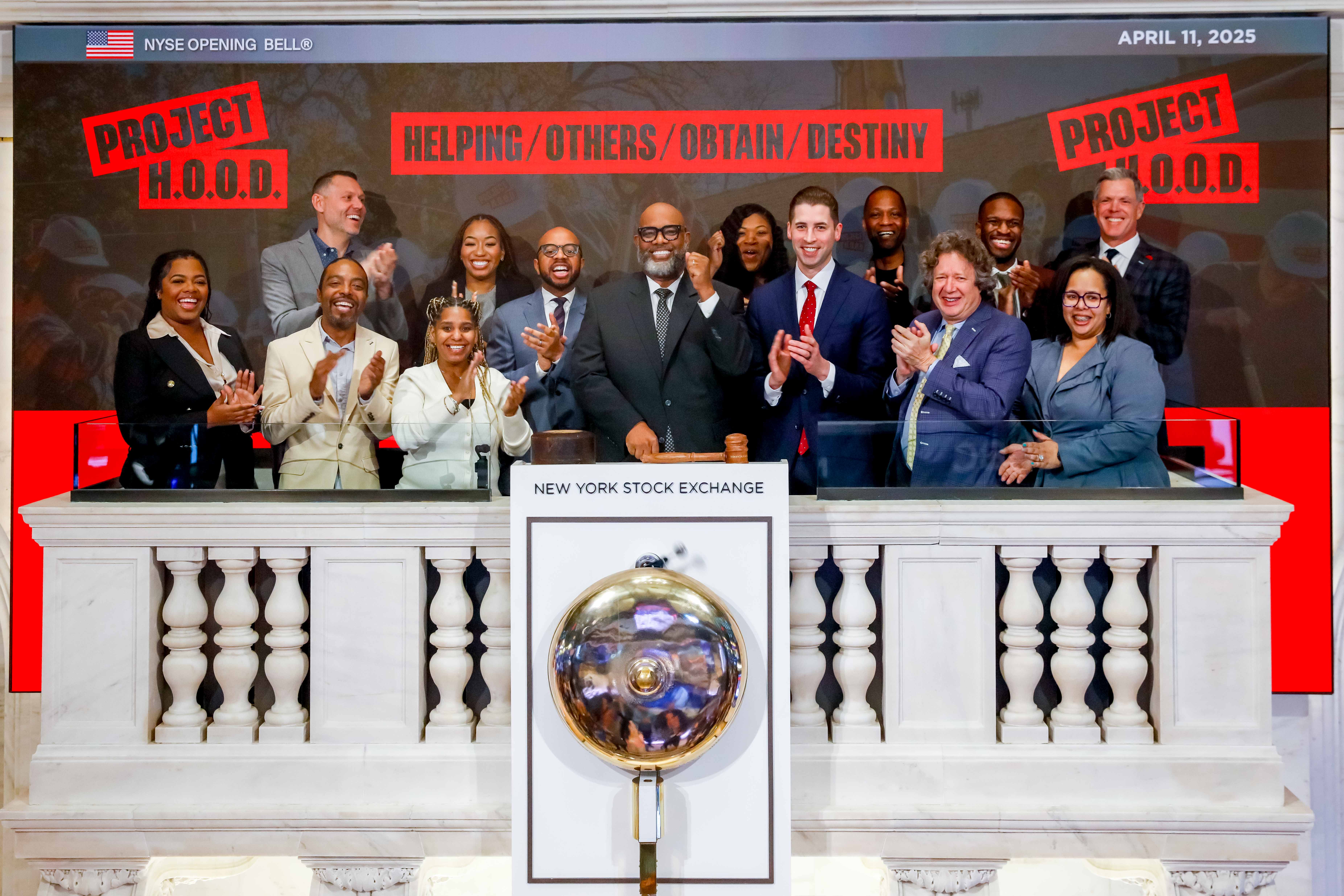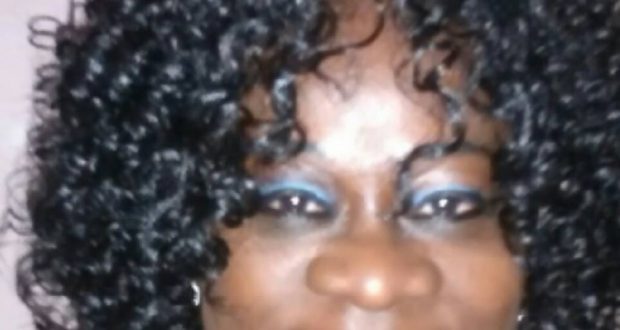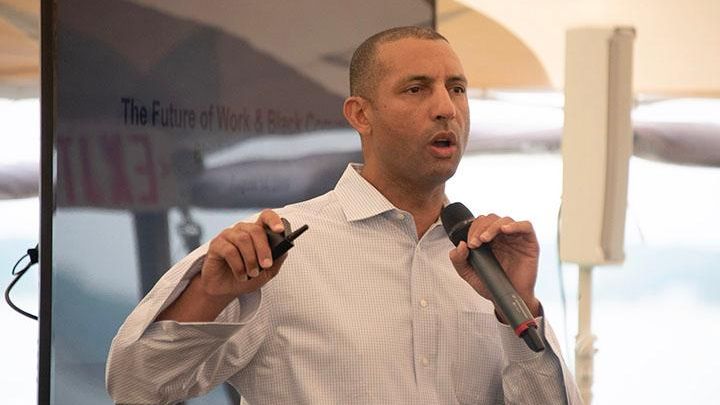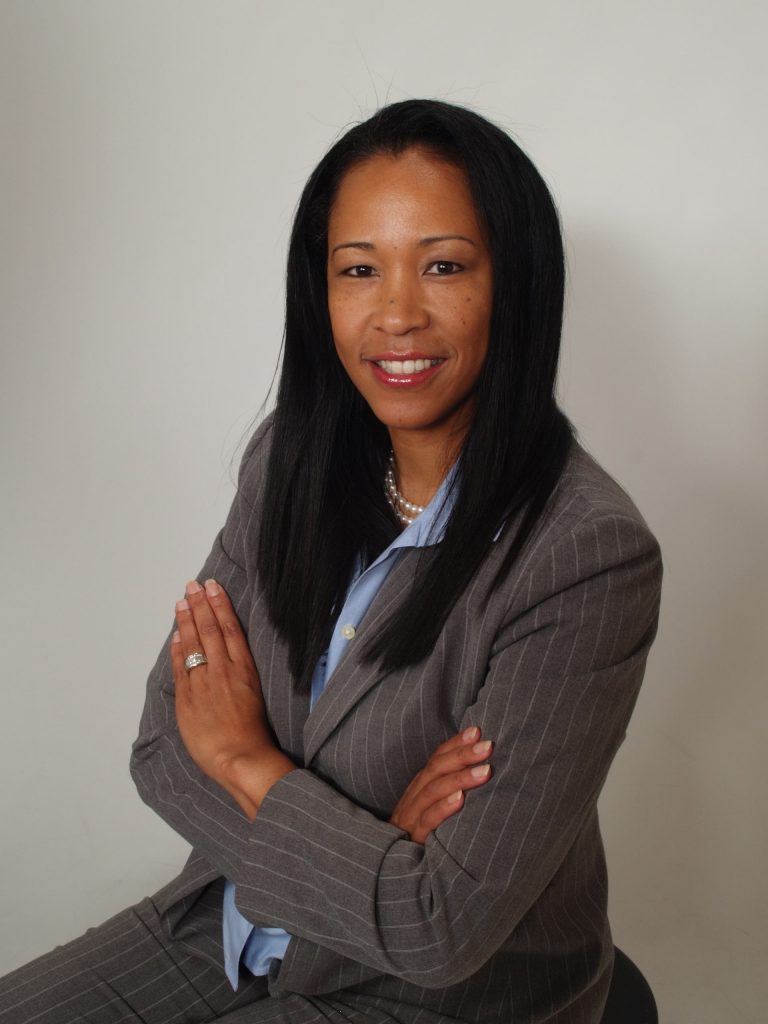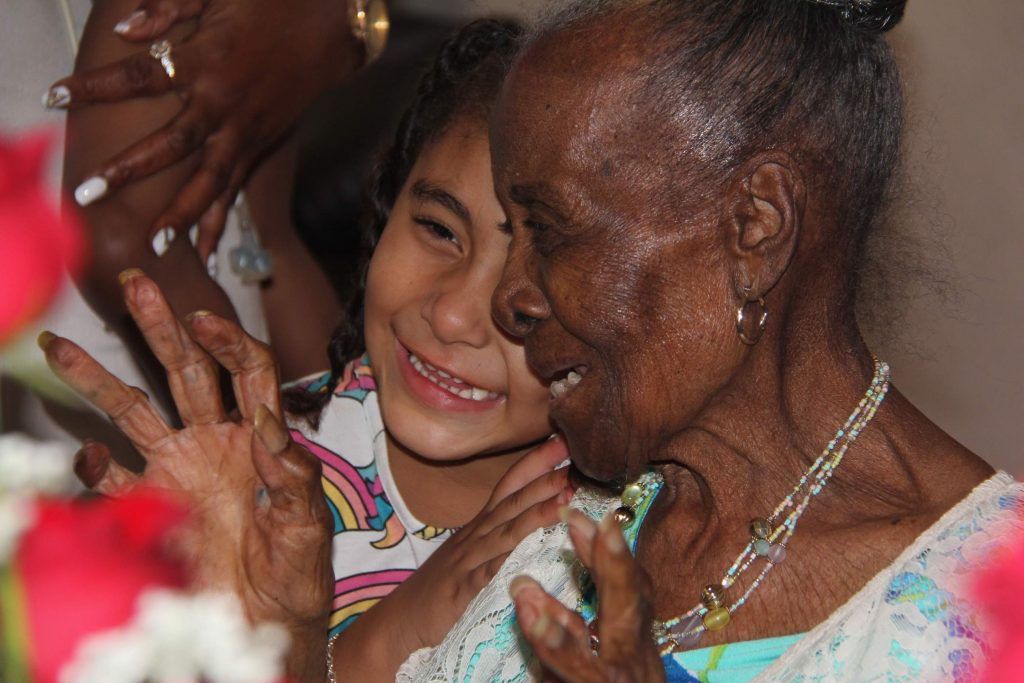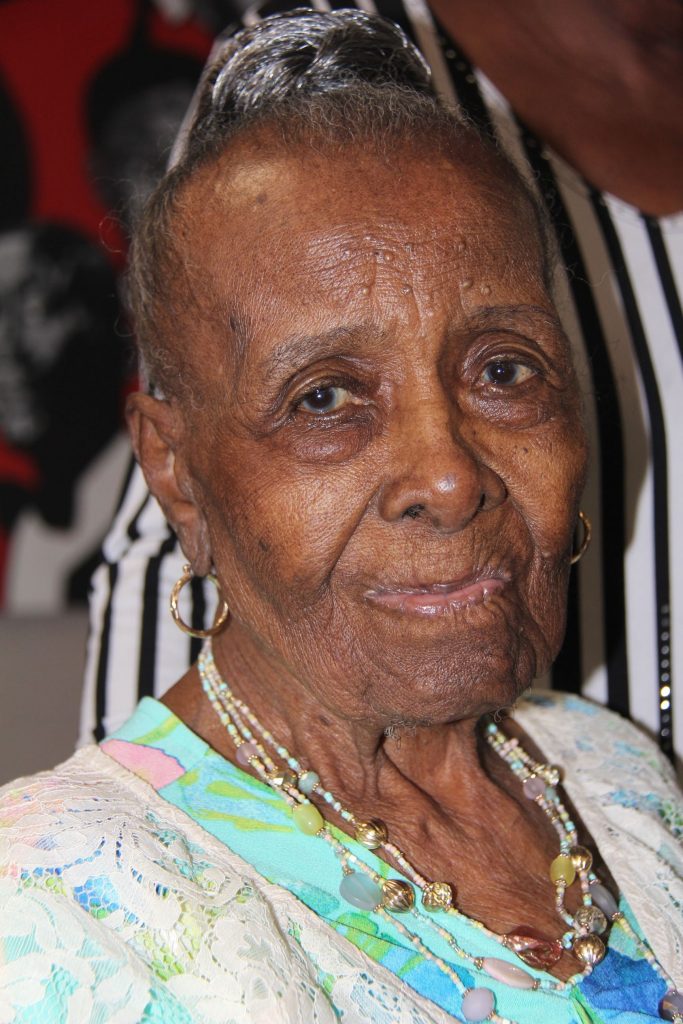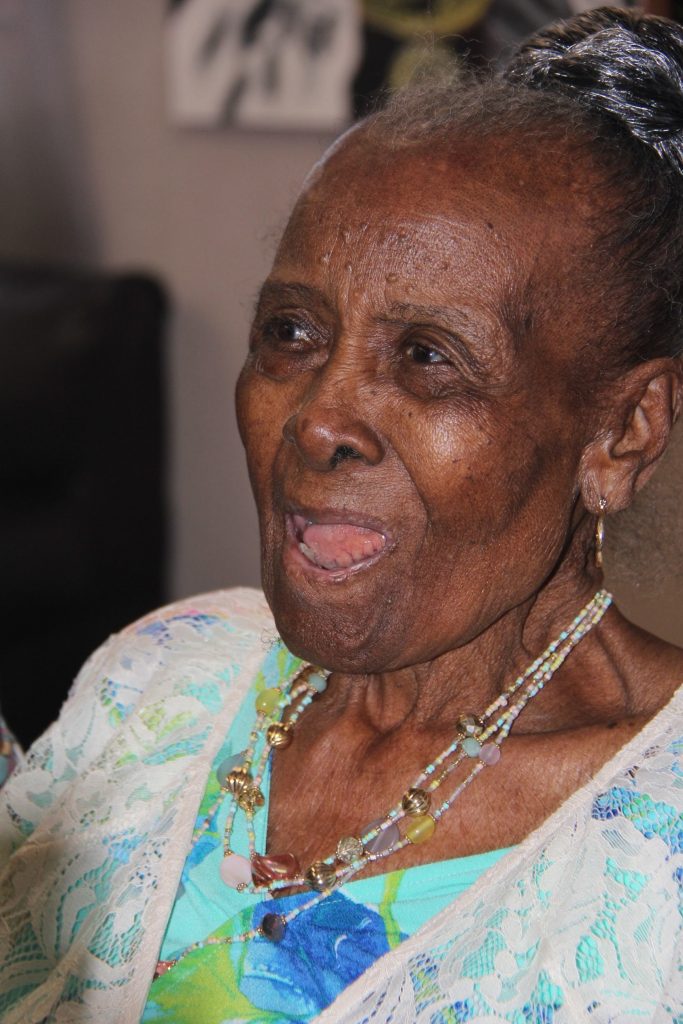On Black Women’s Equal Pay Day, New Research from LeanIn.Org and SurveyMonkey Shows Many Americans Remain Unaware of the Pay Gap, Major Inequalities That Hurt Black Women’s Career Advancement
(EMPIRE NEWS NETWORK—ENN)— PALO ALTO, CA— On, August 22, is Black Women’s Equal Pay Day, which marks how far Black women had to work into 2019 to make what white men earned in 2018 alone. For a second year, LeanIn.Org and SurveyMonkey have partnered to conduct new research to measure Americans’ awareness of this pay gap and better understand the experiences of Black women in the workplace, using SurveyMonkey Audience. The results are clear and troubling: Black women face far more barriers to advancement, and only half of Americans think these obstacles still exist.
On average, Black women are paid 39 percent less than white men and 21 percent less than white women. Even when you control for industry, occupation and education, Black women on average are paid less than white men. According to the National Partnership for Women and Families, if the pay gap were closed, in a single year, a Black woman working full-time would be able to afford over three years’ worth of groceries, nearly two years of rent, or two and a half years’ worth of childcare.
The new research from LeanIn.Org and SurveyMonkey shows that many people don’t know Black women are paid less or don’t understand the magnitude of this pay gap. A third of Americans don’t know there’s a pay gap between Black women and white men—and 42 percent of people who are aware of this pay gap underestimate its size. Moreover, half of Americans don’t know there’s a pay gap between Black women and white women.
“While many Americans don’t realize the pay gap for Black women exists, Black women and their families certainly feel the effects. If the pay gap were closed, the average Black woman would earn almost $950,000 more over the course of her career—a staggering figure, especially when you consider nearly 4 in 10 Americans say they’d struggle to cover an unexpected $400 expense,” said Rachel Thomas, co-founder and CEO of LeanIn.Org.
“Just like last year, our research shows that awareness about the pay gap for Black women remains too low,” said Sarah Cho, Director of Research at SurveyMonkey. “We’re also seeing that Black women have far less access to opportunity in the form of job training and interactions with senior leaders. We hope this research encourages companies to dig deeper into the interconnected factors that contribute to this disparity so we can all make progress in narrowing the gap.”
The pay gap Black women face is only one piece of the story. This new research highlights that Black women also experience a lack of access to opportunity:
- Less access to senior leaders: White men report having access to senior leaders at three times the rate of Black women—and white women at twice the rate of Black women.
- Less mentorship and sponsorship: Fewer Black women have had a mentor or sponsor at some point in their career: 19 percent, compared to 27 percent of white women and 31 percent of white men.
- Less access to training: Fewer Black women have ever received job or executive leadership training in their career: 19 percent, compared to 30 percent of white women and 33 percent of white men.
These findings are also supported by research from LeanIn.Org and McKinsey & Company’s Women in the Workplace study, which shows that Black women face more barriers to advancement and get less support:
- Less likely to be promoted: Despite doing their part and asking for raises as often as men and white women, Black women are less likely to be promoted. For every 100 men promoted to manager, only 60 Black women are promoted.
- Less support from managers: Only 25 percent of Black women report that their manager helps them navigate organizational politics, compared to 39 percent of white women and 41 percent of men. Black women are also less likely to get help balancing their work and personal lives (39 percent of Black women, compared to 48 percent of white women and 44 percent of men).
- Less likely for managers to promote their accomplishments: 35 percent of Black women say that their managers promote their contributions to others, compared to 46 percent of white women and 46 percent of men. Black women are also less likely to get opportunities to showcase their work.
- Experience everyday discrimination/microaggressions: 40 percent of Black women report having their judgment questioned in their area of expertise, compared to 36 percent of white women and 27 percent of men. And 42 percent of Black women are asked to provide evidence of their competence, compared to 29 percent of white women and 16 percent of men.
In this year’s SurveyMonkey and LeanIn.Org study, over a third of Americans said they believe offering leadership training, increasing wage transparency, and creating flexible workplace policies are effective ways to provide opportunities to help women and men advance equally. To address obstacles that can contribute to the pay gap and prevent Black women from advancing, LeanIn.Org is issuing a series of recommendations for companies based on findings from Women in the Workplace:
Put processes in place to ensure that employees doing the same work are being paid the same
- Don’t ask job candidates about their current compensation, which is illegal in some states and can perpetuate pay disparities
- Be transparent about the pay ranges for different roles so all employees know what to expect
- Audit compensation data regularly to maintain fairness—and review the data by gender and race to ensure Black women are being paid fairly
Ensure the performance review process is fair
- Require diverse slates of candidates for promotions (only 26% of companies currently do this)
- Set clear performance evaluation criteria before the review process begins—and put safeguards in place to make sure they’re applied consistently
- Track outcomes of promotions by gender and race to make sure Black women are being treated fairly (only 18% of companies currently do this)
Train employees to identify and challenge bias
- Less than a third of employees say managers often challenge biased language and behavior when they see or hear it. Unconscious bias training can equip managers to be part of the solution (less than 50% of managers currently receive it)
- Employees involved in hiring and promotions should receive unconscious bias training to help them make more objective decisions (less than 20% of companies require unconscious bias training for employees involved in hiring and promotions)
- Lean In’s 50 Ways to Fight Bias program highlights 50 specific examples of workplace bias and offers research-backed recommendations for what to do (available at no cost to companies)
Double down on mentorship, sponsorship, and leadership training
- Ensure formal mentorship and sponsorship programs are opening doors for Black women
- Encourage informal interactions between Black women and more senior colleagues—these types of personal connections can be more effective than formal programs and propel careers
- Track participation in leadership training by gender and race to make sure Black women are fairly represented
At leanin.org/bwepd, visitors can find the full findings, as well as resources to combat gender bias in the workplace. To learn more about the study, visit the SurveyMonkey blog.
KEY FINDINGS FROM 2019 BLACK WOMEN’S EQUAL PAY SURVEY CONDUCTED BY LEANIN.ORG AND SURVEYMONKEY:
Many people don’t realize that Black women are paid less for similar work. A third of Americans (34%) don’t know that Black women, on average, are paid less than white men—and half of Americans (53%) don’t know that Black women, on average, are paid less than white women.
Even when people know there’s a pay gap, it’s bigger than they realize. A Black woman makes 61 cents for every dollar a white man makes. Even when people know the pay gap exists, 42% of them underestimate its size.
Black women’s awareness of the pay gap is higher, and many see wage transparency as key to workplace equity. 69% of Black women are aware that white men, on average, are paid more than them. When asked what companies can do to provide equal opportunities for advancement for men and women alike, 40% of Black women selected wage transparency as their top solution..
The pay gap is only part of the problem. Black women get far less support at work. Compared to white men, Black women are significantly less likely to have ever received job or executive leadership training (white men: 33%, Black women: 19%) and to have had a mentor or sponsor at some point in their career (white men: 31%, Black women: 19% ). Most notably, Black women are almost three times less likely to have ever had access to senior leaders (white men: 44%, Black women: 16%). A similar disparity holds when you compare Black women to white women—in all cases, Black women get less support.
Most people are overly optimistic about the state of Black women. Only half of Americans (51%) think there are still obstacles that make it harder for Black women to advance. Not surprisingly, more than two-thirds of Black women (71%) say significant obstacles still exist.
SOURCE LeanIn.Org
 Westside Story Newspaper – Online The News of The Empire – Sharing the Quest for Excellence
Westside Story Newspaper – Online The News of The Empire – Sharing the Quest for Excellence



